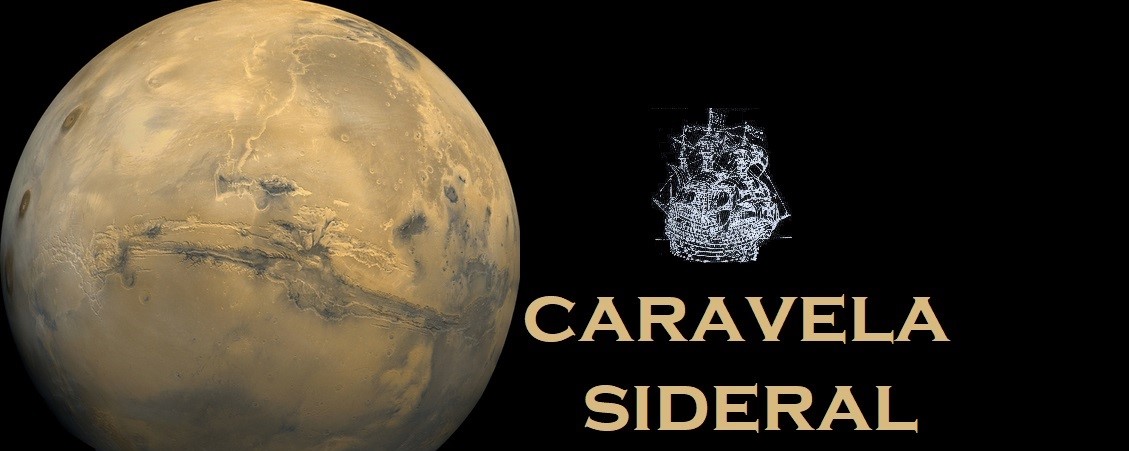Parker Solar Probe, Nasa
 |
| Imagem Nasa |
Esta sonda vai ser lançada no verão de 2018 e é uma das missões mais ambiciosas da Nasa, que tem como objectivo estudar o Sol e o seu efeito na Terra e no Sistema Solar em geral.
A Parker Solar Probe vai aproximar-se do Sol, ao longo de sete longos anos e do mesmo número de passagens por Vénus para usar o efeito gravitacional deste planeta como acelerador.
Deverá aproximar-se até 4 milhões de milhas da superfície da estrela, voando através dos limites superiores da sua atmosfera, ou coroa, onde suportará temperaturas da ordem de 1.377º C.
A última sonda solar da Nasa, a Helios 2, em 1976, aproximou-se apenas a 27 milhões de milhas...
Para isso tem um escudo protector de carbono-composto com cerca de 11 centímetros de espessura.
Transportará também quatro conjuntos de instrumentos para estudar campos magnéticos, plasma e partículas energéticas e visualisar do vento solar.
This probe will be launched in the summer of 2018 and is one of NASA's most ambitious missions, aspiring to study the Sun and its effect on Earth and the Solar System in general.
The Parker Solar Probe will approach the Sun over seven long years and the same number of passes through Venus to use the gravitational effect of this planet as an accelerator.
It should approach up to 4 million miles from the surface of the star, flying through the upper limits of its atmosphere, or corona, where it will withstand temperatures in the order of 1,377 ° C.
NASA's latest solar probe, Helios 2, in 1976, has only reached 27 million miles from de Sun...
For this it has a carbon-protective shell compound about 11 centimeters thick.
It will also carry four sets of instruments to study magnetic fields, plasma and energetic particles and visualize the solar wind.
 |
| Parker Solar Probe Imagem Nasa |
Solar Orbiter, ESA
 |
| Imagem ESA |
A Solar Orbiter é uma missão espacial europeia, que embora mais modesta do que a Parker Solar Probe,(em termos de distância ao Sol, deverá chegar apenas a 43 milhões de quilómetros da estrela), terá no entanto uma panóplia de dez instrumentos científicos que prometem grandes resultados e imagens espectaculares e irá analisar e fotografar pela primeira vez os polos do nosso astro.
A sonda deverá ser lançada em 2018.
Solar Orbiter is a European space mission, which, although more modest than the Parker Solar Probe (in terms of distance to the Sun, should reach only 43 million kilometers of the star), will nevertheless have a panoply of ten scientific instruments that promise great results and spectacular images and will analyze and photograph for the first time the poles of our star.
The probe is expected to be launched in 2018.
 |
| Imagem ESA |

























